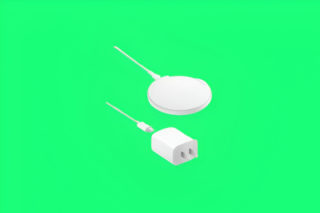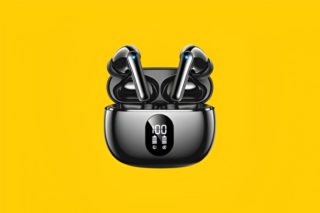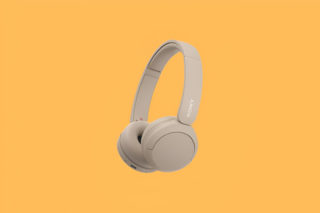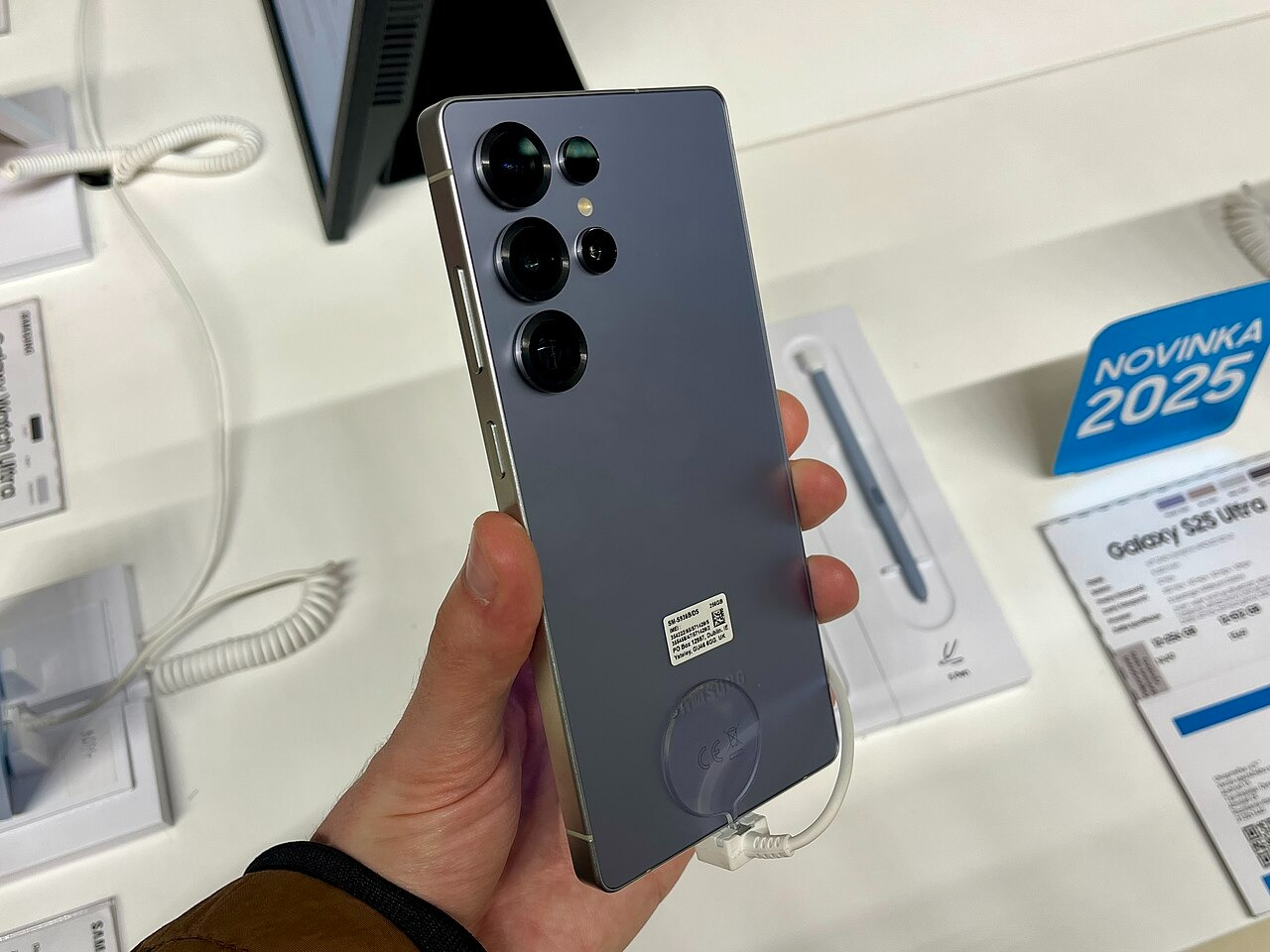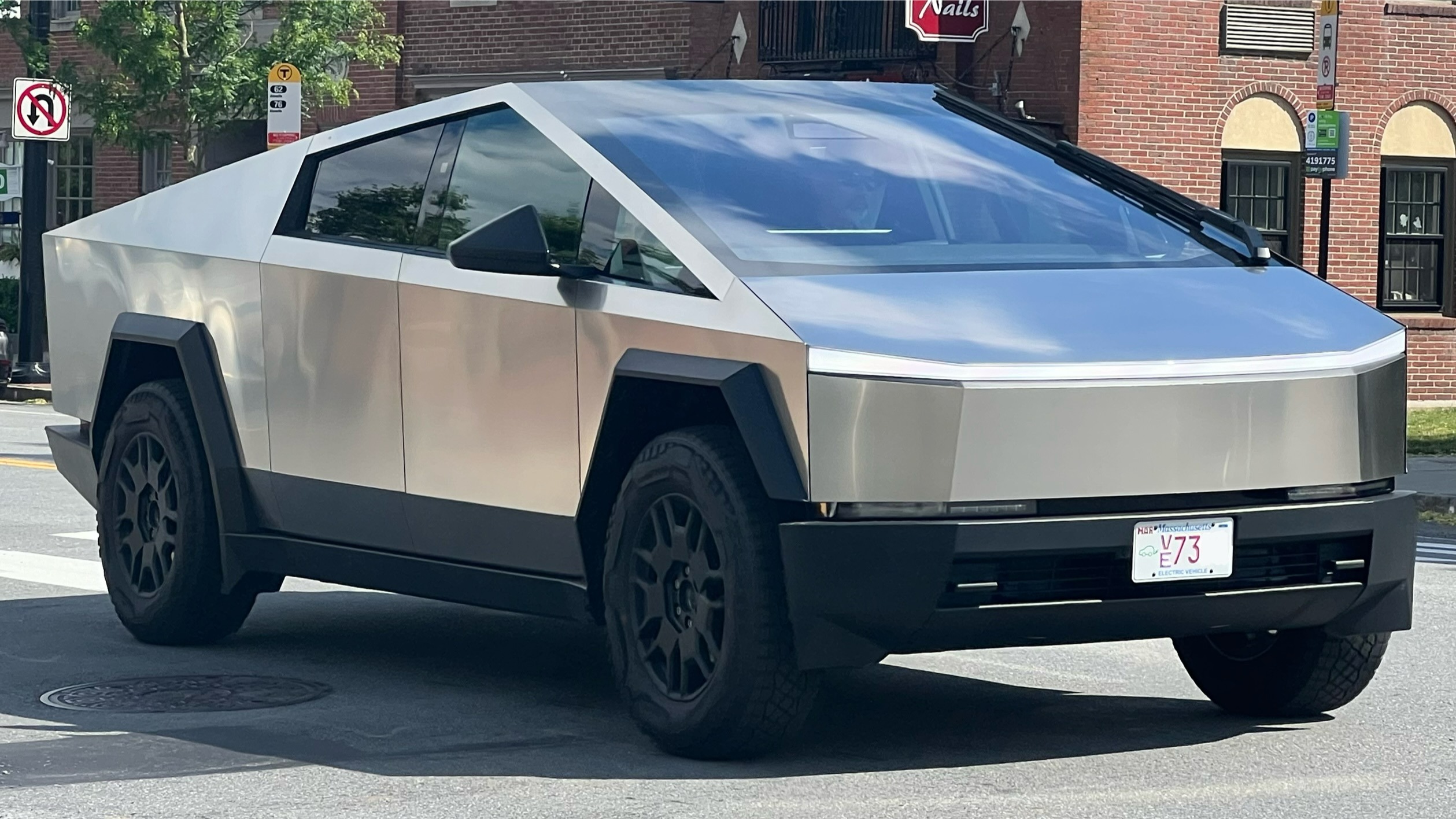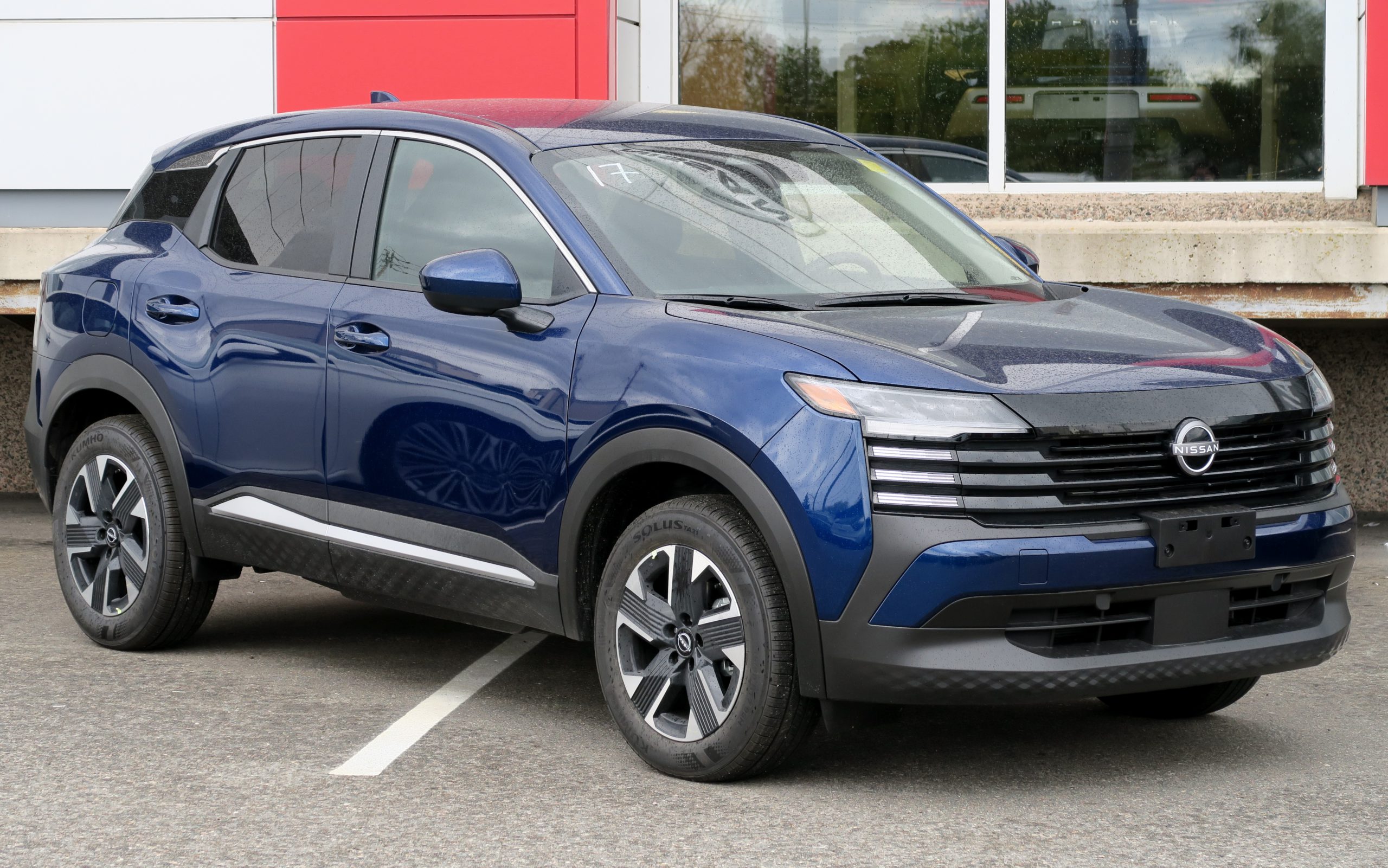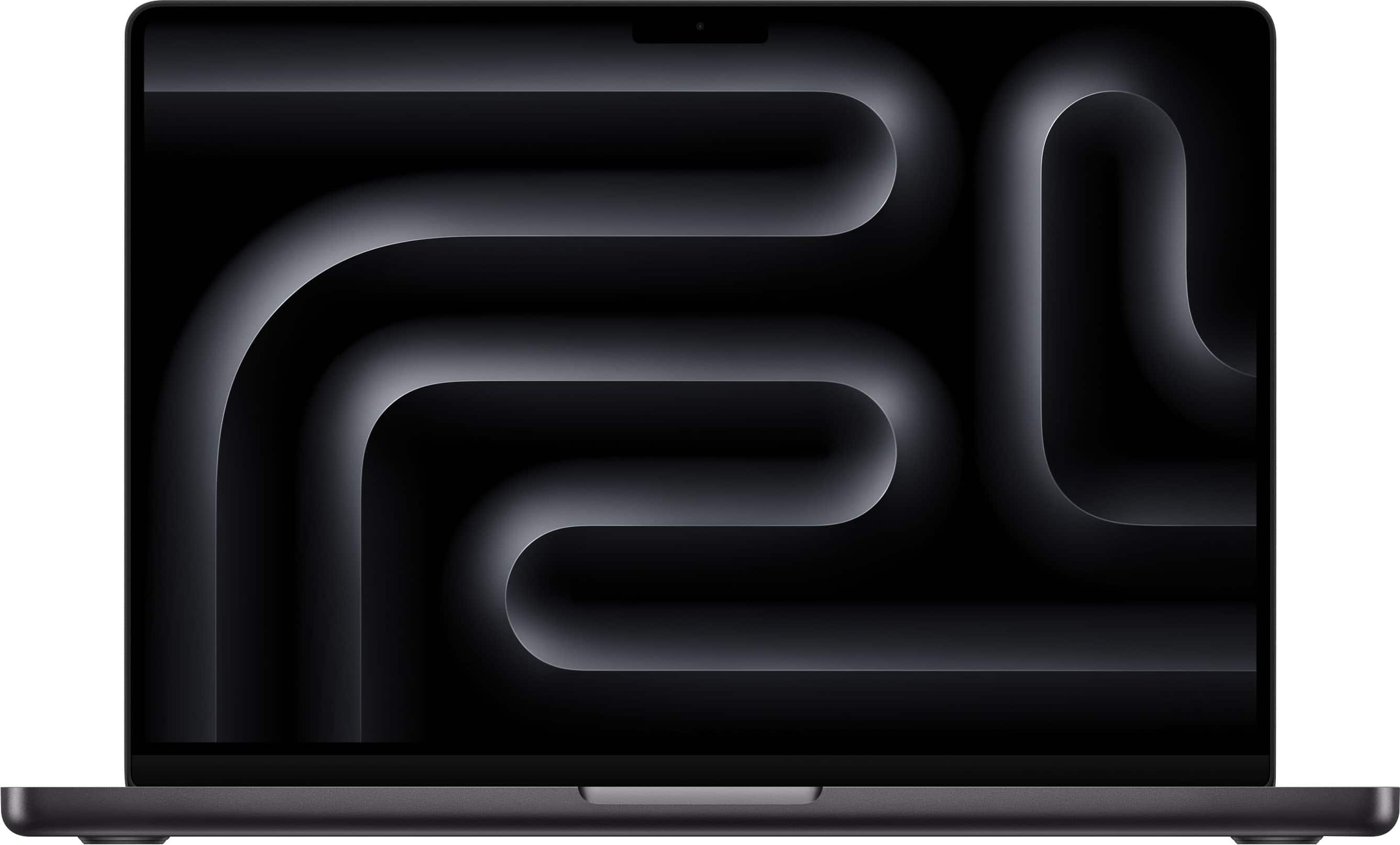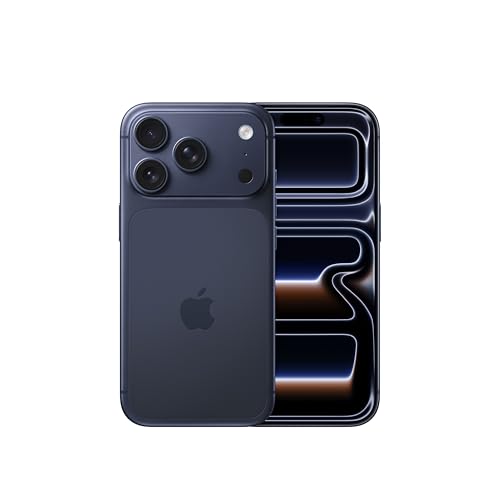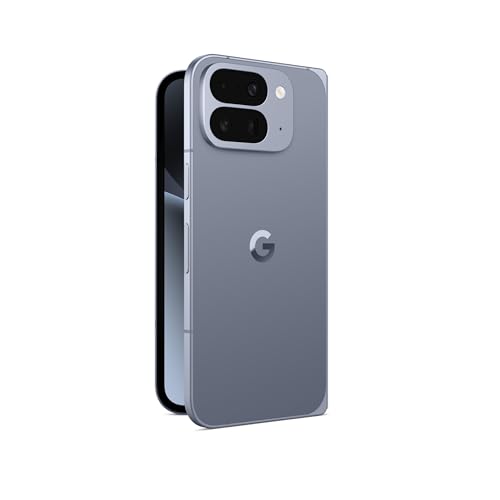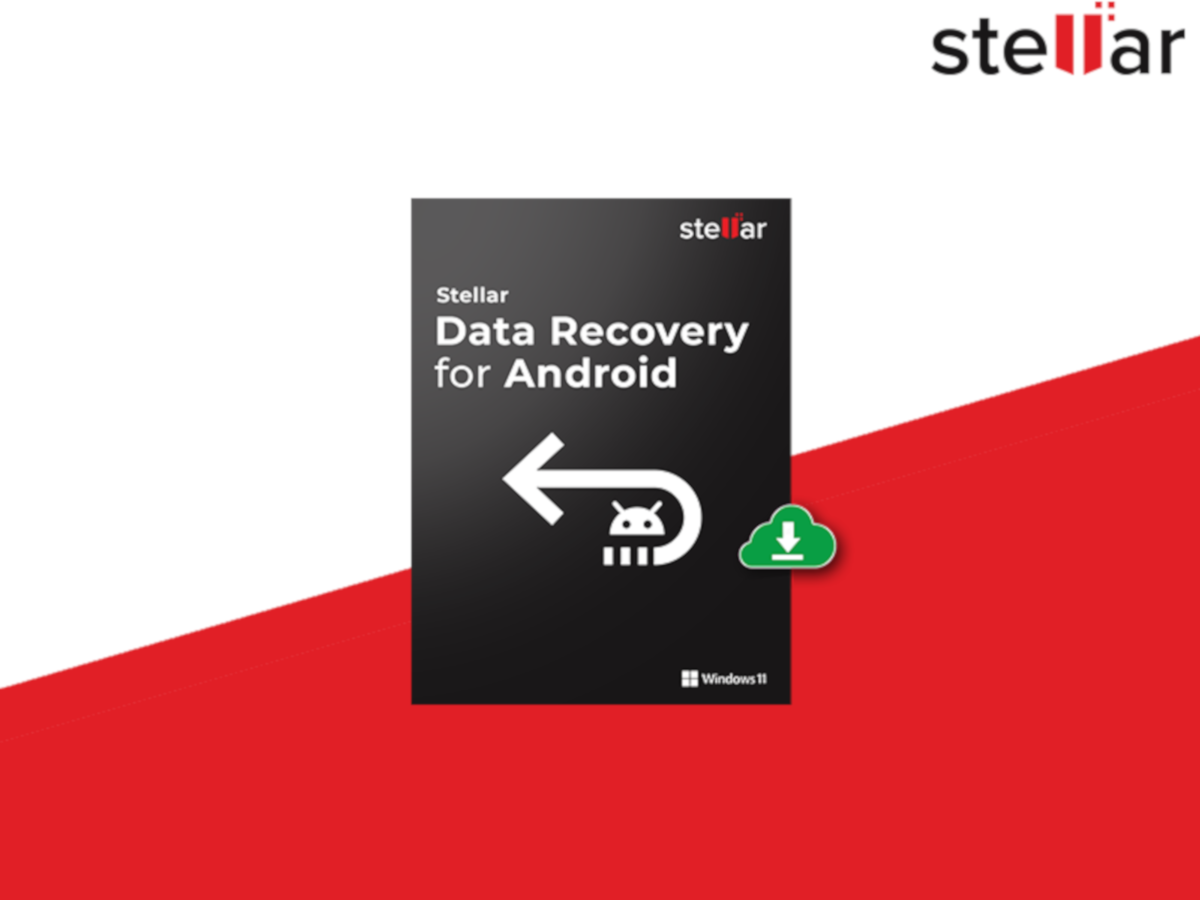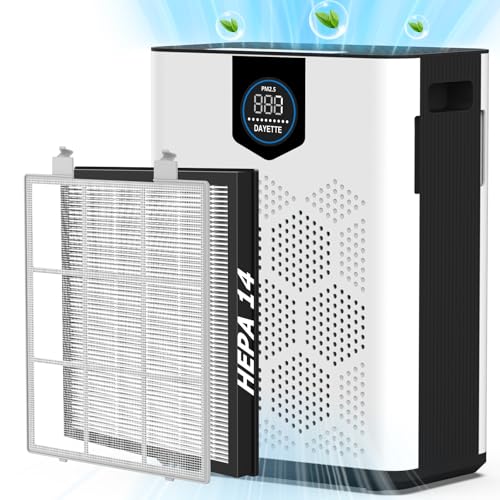Package delivery chaos meets its match with Amazon’s new AI-powered smart glasses system. Your delivery driver fumbling between phone, package, and apartment directory becomes a relic of the past. These purpose-built wearables project critical information directly into drivers’ field of vision, eliminating the dangerous juggling act that defines modern delivery work.
Hands-Free Operations Replace Phone Dependency
Smart glasses automate scanning, navigation, and proof-of-delivery capture through integrated AI systems.
The glasses handle three core delivery headaches automatically:
- Package scanning happens in your peripheral vision rather than requiring phone camera gymnastics
- Turn-by-turn navigation overlays appear as you walk, especially valuable for navigating those maze-like apartment complexes where GPS gives up
- Proof-of-delivery photos capture without manual phone operation, streamlining the final step that usually involves awkward one-handed photography
Computer Vision Meets Real-World Safety Concerns
AI-powered hazard detection highlights environmental dangers while prescription lens compatibility ensures practical daily use.
The technical foundation runs deeper than simple augmented reality overlays. Computer vision algorithms actively scan for obstacles, low-light conditions, and environmental hazards, projecting warnings directly into drivers’ sight lines. A vest-mounted controller manages power through swappable batteries and includes an emergency button for workplace safety situations. Prescription and adaptive transition lenses make the system viable for drivers who already wear glasses, addressing a practical barrier that sinks most workplace wearables.
Pilot Testing Previews Future Delivery Intelligence
North American trials precede planned features including pet detection and delivery validation systems.
Current pilot programs across North America focus on reliability and comfort testing before broader deployment. Amazon plans significant capability expansions:
- Pet detection in delivery zones
- Real-time address verification
- Automated misdelivery prevention
The glasses activate automatically when drivers park, immediately highlighting correct packages and guiding optimal delivery routes within buildings.
Workplace Automation Reaches Last-Mile Logistics
Purpose-built design distinguishes Amazon’s approach from consumer-focused smart glasses offerings.
This isn’t Google Glass trying to find consumer relevance or Meta’s Ray-Ban collaboration chasing social media integration. Amazon built these specifically for professional logistics workflows, with features no consumer would need but every delivery driver craves. The system represents workplace AI moving beyond desk jobs into field operations, where split-second decisions and environmental awareness directly impact safety and efficiency.
Your next package might arrive courtesy of a driver whose biggest workplace upgrade since GPS just landed on their nose.





